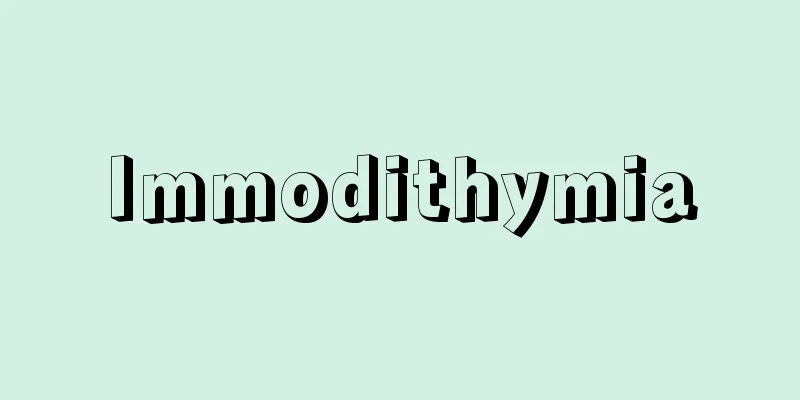Endowment insurance - Yorohoken

|
A type of life insurance that pays the same amount of insurance money whether the insured dies during the insurance period or lives to maturity. It is also called mixed insurance because it combines survival insurance and death insurance. It is used to prepare funds for retirement along with survivor protection in the event of an accident. In Japan, endowment insurance accounted for 70-80% of new life insurance contracts until the mid-1960s. However, from the late 1960s onwards, endowment insurance with term insurance added to this endowment insurance, which places emphasis on death protection and pays death benefits of 5-20 times the maturity benefit upon death, began to spread, and in the 1970s it surpassed endowment insurance in new contracts. In contrast to this term endowment insurance, the aforementioned endowment insurance is specifically called ordinary endowment insurance, and the term "endowment insurance" is sometimes used in a broader sense to include term endowment insurance and other types. One type of insurance that has been particularly popular in recent years is lump-sum endowment insurance. With this, the entire amount of the insurance premium for the insurance period is paid in one lump sum at the time of concluding the contract, and insurance periods of 3 years, 5 to 10 years, 15 years, and more are available. The amount received at maturity, including accumulated dividends, is more favorable than other financial products, and insurance periods of over 5 years are subject to lump-sum income under tax law and a special deduction (500,000 yen in 1987) is applicable, making this an attractive investment product with a high yield. [Takuji Kaneko] [Reference] |Source: Shogakukan Encyclopedia Nipponica About Encyclopedia Nipponica Information | Legend |
|
被保険者が、保険期間内に死亡したときにも、満期まで生存したときにも、同じ額の保険金が支払われる生命保険。生存保険と死亡保険とを組み合わせたものであるところから混合保険ともいわれる。万一の場合の遺族保障とあわせて老後のための資金の準備などに利用される。わが国においては、1960年代中ごろまでは生命保険の新規契約の7~8割を養老保険が占めていた。しかし、60年代後半以降、この養老保険をベースに定期保険を上乗せし、死亡時には満期給付の5~20倍の死亡給付が行われる、死亡保障を重視する定期付養老保険が普及し始め、70年代には新規契約で養老保険を上回るようになった。なお、この定期付養老保険に対して、前記の養老保険をとくに普通養老保険とよび、定期付養老保険などを含めた広義のものとして「養老保険」という用語を用いることもある。 近年とくに注目されているものに一時払養老保険がある。これは、契約締結時に保険期間に対する保険料を全額一括して払い込むもので、保険期間3年、5~10年、15年のものなどが売り出されている。積立配当金を加えた満期時の受取り額が他の金融商品と比べても有利なものとなっているうえ、保険期間が5年超のものは、税法上、一時所得の対象となって特別控除(1987年度50万円)が適用されるので、利回りの高い利殖型商品として人気を集めている。 [金子卓治] [参照項目] |出典 小学館 日本大百科全書(ニッポニカ)日本大百科全書(ニッポニカ)について 情報 | 凡例 |
Recommend
Gattendorffia - Gattendorffia
…The name of the period was derived from this fac...
Ganggye - Ganggye
A city in Jagang Province, North Korea. It faces ...
Rothschild, LW (English spelling)
…He was of Jewish descent and also contributed to...
Restoration - Ishin
From the Book of Songs, Da Ya's King Wen. Main...
Murata Gun - Murataju
This rifle was designed by Major General Murata T...
Colorado fir (English spelling)
...The balsam fir (A. balsamea (L.) Mill. (Englis...
Wheelchair - Kurumaisu (English spelling) wheel chair
A general term for a chair with wheels that can b...
Discipline - Discipline
The word "kai" originates from the Sans...
doubling
...If short fibers remain in the sliver, it is li...
Jagatara Oharu - Jagatara Oharu
Year of death: 1697 (Genroku 10) Year of birth: 16...
enigma
…The word riddle comes from the question “what” a...
Senryo Kikuoka
Born in 1686 in Iga [Died] Enkyo 4 (1747). October...
Plant growth hormone
...The term "plant regulator" is used t...
Washington Convention
A treaty aimed at protecting wild fauna and flora...
Kamikaze
A wind that is said to blow with the power of a g...









